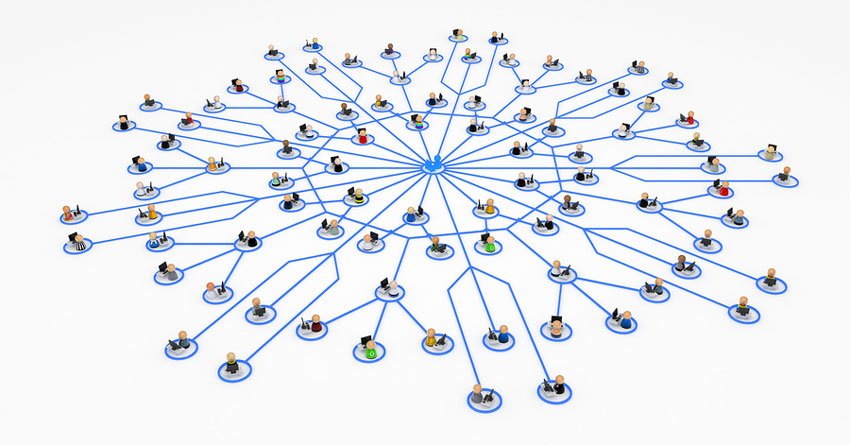Maintaining a productive indirect sales channel requires ongoing and effective communications with your partners. While that might not sound overly daunting, consider the many challenges associated with managing channel partners.
First and foremost, they do not work for you. channel partners are independent resellers who may sell your products exclusively (captive channel) or they may sell a host of various products, including those of your competitors (non-captive channel). In addition, channel partners may be operating in a different time zone or even a different country. All of the above factors contribute to uneven lines of communication and varying degrees of commitment.
SEE ALSO: Challenges to Effective Channel Sales
Fortunately, there are software systems available that enable vendors to effectively communicate with independent partners in multiple locations. This enables you to exchange sales information, provide training and manage leads for new customers. It’s called partner relationship management (PRM) software, and is not only user-friendly but cost-effective as well.
One Data Hub for Everyone
Among the key attributes of the PRM system are simplicity and accessibility. PRM integrates the various business processes that are conducted throughout the indirect sales channel into a single hub, making it simple to use and accessible for all partners, managers and internal sales staff. This is particularly critical when channel partners are using different software processes and systems.
The PRM data hub provides you with direct access to channel partner systems, and partners also have access to your systems. This enables valuable sales data and product information to be available to partners. PRM software also provides an avenue for vendors to monitor performance, address problems and conduct training.
If your company and your channel partners use customer relationship management (CRM) systems, which is fairly common in today’s marketplace, PRM software provides a way for the two systems to “talk” to each other. By facilitating this communication, important sales data and customer leads can be readily exchanged through the hub.
SEE ALSO: An Emerging Growth Plan to Motivate Your Channel Partner Sales Team
Other Important Features of the Data Hub
By using a PRM system, financial data from your partners is easily accessed. This data, which is generated and stored in an ERP (enterprise resource planning) system, is essential for any type of financial analysis of your channel.
Market development fund (MDF) and rebate data is also available through the hub. MDFs are frequently used by businesses to support growth and success in their indirect sales channels. Unless this information is used properly, however, its benefits may not be optimized. The data hubs provides important data regarding your partners’ performance with their MDF funds, and your partners need access to their MDF balances as well as a simple way to order co-branded marketing material.
When your channel partners have ongoing service relationships with your customers, it is crucial that the partners have access to order, inventory, and parts data. This ensures that products and parts are in stock (or readily available) so customers receive a high level of service.
There are numerous other advantages to accessing a single data hub through a PRM system. The bottom line is this: efficient operation of an indirect sales channel requires many different operating and software systems—on the vendor side and the partner side. Rather than managing all of these systems separately, you can unify the entire operation with a PRM software system that enables vendors and partners to access important information and materials through a single data hub.
Using PRM software can help your company get a jump on the competition by using a pragmatic, systemized approach to managing (and training) sales staff and dealers.
Although this is a highly complex process with many variables, the proper software can be a valuable tool that not only simplifies these procedures but also makes for a more efficient workforce. Ultimately, that means more revenue and higher profits.
